
The Nez Perce men had traveled over 1,900 miles to ask Clark a question: Was it true that the white man had a book that explained the right way to worship the Great Spirit? Did the book tell what was pleasing to the Great Spirit? The book the Nez Perce were asking about was the Bible.
That story, most likely exaggerated, appeared on the front page of New York City’s Christian Advocate newspaper in 1833. Soon Protestant preachers and missionary societies were calling for volunteers to go out to Oregon Country to spread Christianity.
Not much was known about Oregon Country in the 1830s. Only a few explorers, trappers, and traders had reached the huge territory. But two volunteers came forward. One was a 27-year-old teacher named Narcissa Prentiss. The other was a 33-year-old doctor named Marcus Whitman. Both lived in western New York state. Narcissa was a single woman, so she was not seriously considered by the missionary board. No known white women had ever made the journey. Marcus’s application was accepted. Marcus knew the Prentiss family and heard of Narcissa’s interest in becoming a missionary. He called on the Prentiss family and proposed marriage to Narcissa. She accepted.
The American Board of Commissioners for Foreign Missions (ABCFM) wanted Marcus to make a preliminary trip before he and Narcissa moved to Oregon Country. In 1835, Marcus went with the Reverend Samuel Parker to test the idea of establishing missions among the Indigenous peoples. Marcus learned many skills on that trip. He learned how to load a pack animal. He learned how to ford swollen streams. He learned how to live off the land and to ride long hours through all kinds of weather.
この記事は Cobblestone American History Magazine for Kids の October 2023 版に掲載されています。
7 日間の Magzter GOLD 無料トライアルを開始して、何千もの厳選されたプレミアム ストーリー、8,500 以上の雑誌や新聞にアクセスしてください。
すでに購読者です ? サインイン
この記事は Cobblestone American History Magazine for Kids の October 2023 版に掲載されています。
7 日間の Magzter GOLD 無料トライアルを開始して、何千もの厳選されたプレミアム ストーリー、8,500 以上の雑誌や新聞にアクセスしてください。
すでに購読者です? サインイン
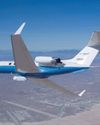
Eye in the Sky
An interview with Joe Piotrowski
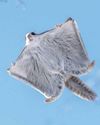
Airborne Animals
Humans have taken to the skies in balloons, gliders, and airplanes-but we're not alone among the clouds. Animals of all sorts have evolved to harness wind power.
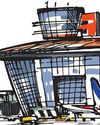
TAKING OFF
The Wright brothers expected airplanes to “take off,” but even they might be amazed at the way the airline industry has become big business. In the past, it was expensive to send something by plane.

GROWTH OF AN INDUSTRY
After their historic flight at Kitty Hawk in 1903, Wilbur and Orville Wright returned to Dayton, Ohio. They spent the next few years making adjustments and building additional versions of their powered aircraft in their bicycle shop.
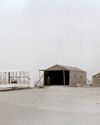
WHY KITTY HAWK?
The Wright brothers searched carefully for the best place to test their gliders and flying machines. Their main concern was for good, steady winds. But they also hoped to find a remote location to allow them to perform tests away from the public eye.
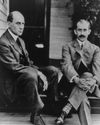
Two Brothers From Ohio
Most people do not realize that the Wright brothers—Wilbur, born in 1867, and Orville, born in 1871—performed various scientific experiments before inventing their aircraft. For as long as anyone in their hometown of Dayton, Ohio, could remember, the Wright boys had worked on mechanical projects.
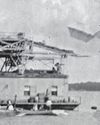
A Helping Hand
May 6, 1896. A group of people who had gathered beside the Potomac River, just south of the U.S. capital, grew quiet. Then, it erupted in cheers as a small, unmanned aircraft took to the skies and flew for more than half a mile. The flight came seven years before the Wright brothers’ first manned, powered flight. The inventor of the aircraft was Dr. Samuel Pierpont Langley.
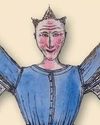
THE IDEA MEN
People dreamed of flying thousands of years before the Wright brothers found success near Kitty Hawk, North Carolina. These dreamers, such as Leonardo da Vinci, studied birds flying and imagined how humans might do the same—if only they had wings. Other men developed a more hands-on approach to the topic. Early inventors made wings of cloth, glue, and feathers and tied these creations to their arms in an attempt to imitate nature.
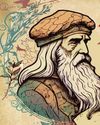
Da Vinci's 4 Designs
Have you ever wondered how a bird flies? Leonardo da Vinci (1452–1519) did. He thought that understanding how a bird flies would provide the key to human flight. So, what did da Vinci learn from birds?
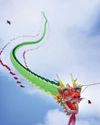
Silken Wings
Seven hundred years before the Wright brothers began experimenting with human flight, the Chinese had already mastered its secrets—with kites.